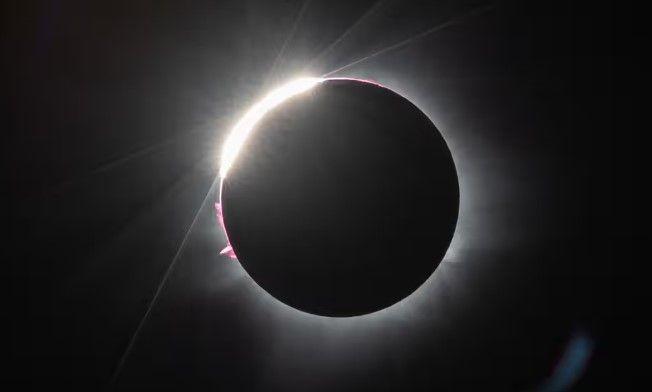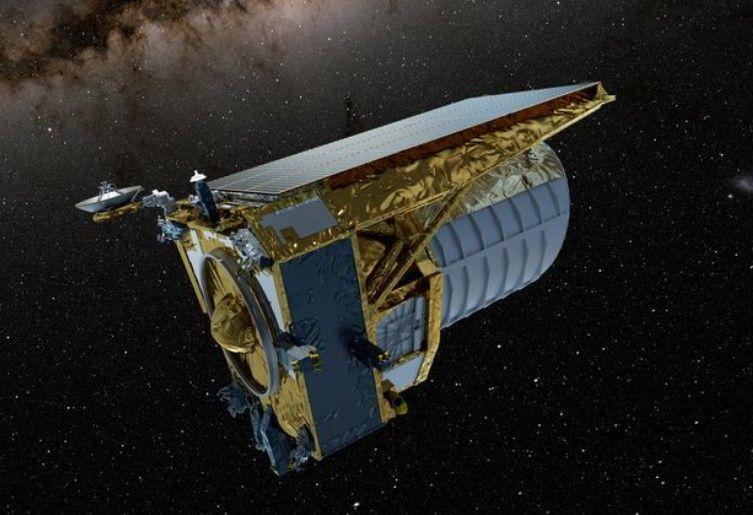INTUSK MAGAZINE
TO THE CORE OF YOUR HEART
NASA Launches the First Space Probe to Study Jupiter's Trojan Asteroids.
February 1, 2023
On Saturday, NASA launched a first-of-its-kind mission to study Jupiter's Trojan asteroids, two large clusters of space rocks thought to be remnants of primordial material that formed the solar system's outer planets.
The space probe, dubbed Lucy and packed inside a special cargo capsule, launched on time from Florida's Cape Canaveral Air Force Station at 5:34 a.m. EDT (0934 GMT), according to NASA. It was launched by an Atlas V rocket from United Launch Alliance (UAL), a partnership between Boeing Co. and Lockheed Martin Corp. Lucy's mission is to study a record number of asteroids over a 12-year period. It will be the first to investigate the Trojans, a swarm of thousands of rocky objects orbiting the sun in two swarms, one ahead of Jupiter's path and one behind it.
The largest known Trojan asteroids, named after Greek mythological warriors, are thought to be up to 225 kilometres (140 miles) in diameter. Scientists are hoping that Lucy's close-up fly-by of seven Trojans will provide new insights into how the solar system's planets formed 4.5 billion years ago and what shaped their current configuration.
According to NASA, the asteroids, which are thought to be rich in carbon compounds, may even provide new insights into the origin of organic materials and life on Earth.
No other single science mission has been designed to visit as many different objects independently orbiting the sun in the history of space exploration, NASA said.
In addition to the Trojans, Lucy will fly by DonaldJohanson, an asteroid in the solar system's main asteroid belt named after the lead discoverer of the fossilised human ancestor known as Lucy, from which the NASA mission takes its name. The Lucy fossil, discovered in Ethiopia in 1974, was named after the Beatles' song "Lucy in the Sky with Diamonds."
Lucy, the asteroid probe, will make history in another way. According to NASA, it will be the first spacecraft to return to Earth's vicinity from the outer solar system, taking a route that circles back to Earth three times for gravitational assistance.
The probe will manoeuvre in space using rocket thrusters and two rounded solar arrays, each the width of a school bus, to recharge batteries that will power the instruments contained in the spacecraft's much smaller central body.
Lucy will swoop past Earth next October and again in 2024 to gain enough gravitational pull to reach Jupiter's orbit. The spacecraft will fly past the asteroid Donald Johnson between Mars and Jupiter on its way there. The appropriately named rock will serve as a warm-up act for the science instruments in 2025.
Lucy, powered by two massive circular solar wings, will pursue five asteroids in the lead pack of Trojans in the late 2020s. The spacecraft will then return to Earth in 2030 for another gravity assist, which will propel it back out to the trailing Trojan cluster, where it will fly past the final two targets in 2033.



